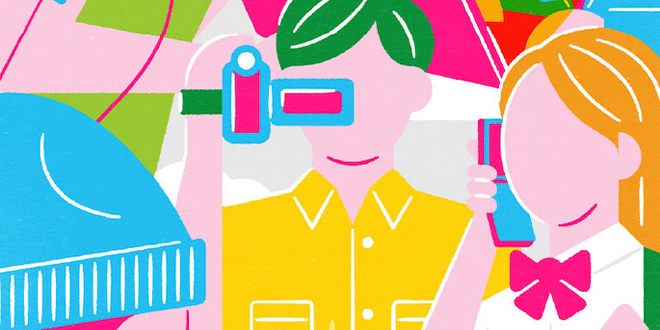Please select your location and preferred language where available.
Can memory contribute to our future society?
- My Future Memories -
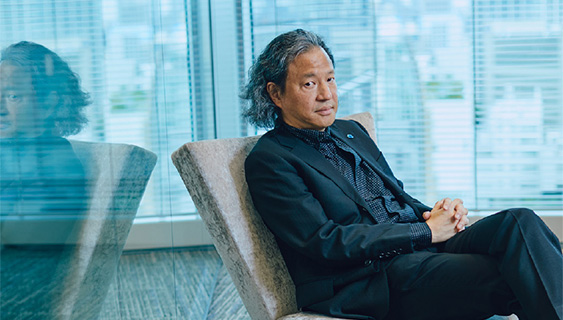
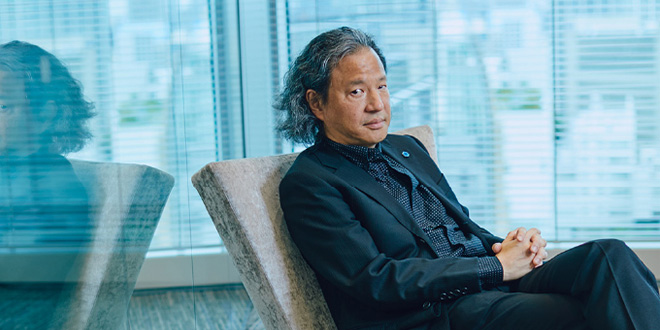
General Manager
Sales Promotion Division
Sales & Marketing Headquarters
Caesar Ichimura
October 1, 2019
KIOXIA has established “Uplifting the world with ‘memory’” as its mission. How do the employees of KIOXIA regard memory? Though a series of interviews, we will look at “My Future Memories,” which each employee will pursue going forward. In this edition, we spoke with Caesar Ichimura, General Manager of Sales Promotion Division, Sales & Marketing Headquarters. He shared with us a memory from his university days and spoke about his view on how to preserve memories, while also telling us about his interpretation of KIOXIA’s mission.
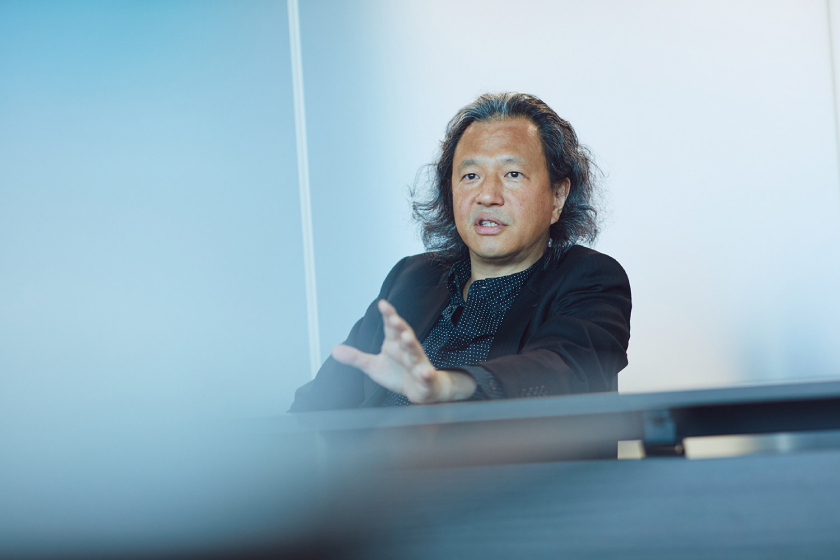
The Appearance of His Professors Remains the Same in His Mind
Ichimura is approaching a landmark – his 30th year since joining Toshiba. Until now he has been involved in the semiconductor sales business for overseas markets, and general marketing activities for memory products. Today, as general manager of Sales and Business Development Division, Sales & Marketing Headquarters, he leads general sales activities for NAND flash memory and SSD.
A memory that made a particularly strong impression on Ichimura is one involving a seminar professor from whom he received guidance while at university. He had an impressive appearance when he stood up with cigarettes and gave the lecture.
He even sometimes referred to Shakespeare in his civil law lecture and together with the following episode, his appearance remains the same in Ichimura’s mind.
Ichimura majored in civil law in the university’s Faculty of Law. One day, he and a seminar classmate were debating on the topic of fetal rights.
Why are fetal rights perceived to have exist upon birth? When the question was raised, professor responded with the following belief on top of legal explanation and argument.
After all, as a human being, we are all alone and the fear of death cling to us. As time passes, nothing remains concrete in yourself or in others’ as well. That is why, we build communities, families and history. We leave something behind for our children and grandchildren. Because we are frail and transient, we continue to transfer our dreams to next generations.
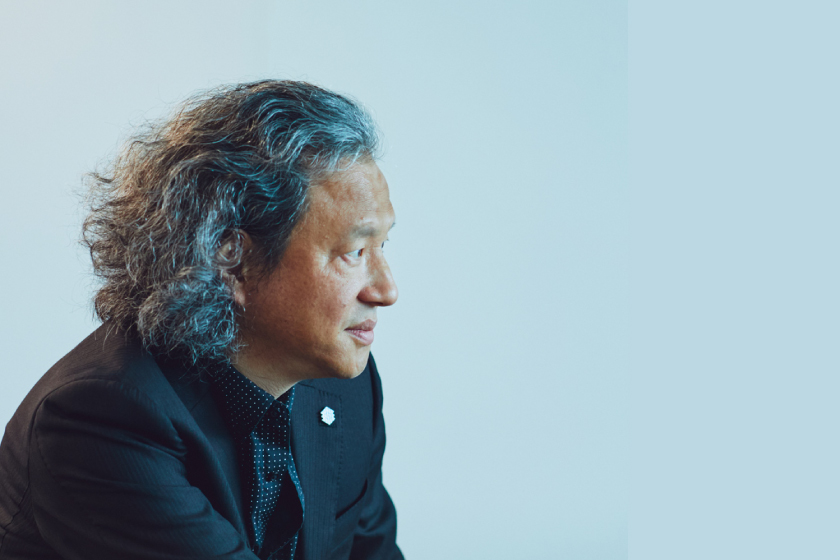
How Far Digital Technology can bring Reality to Us
Before long, technologies such as artificial intelligence (AI) or virtual reality (AR) will become a tool to enhance our daily lives. In other words, we will be simply able to do more. At the same time, these technological advancements cannot be a substitute of our physical experiences. For instance, a person who has gone to a museum and actually seen Van Gogh’s painting ‘Sunflowers’ was likely overwhelmed by the work itself, its ruggedness, and its assertive form and presence. The reason is that it is a physical experience that we cannot have through a book of paintings or an image on a television screen. And regardless of how advanced the technology is, I don’t think it’s possible to capture and reproduce this physical experience, which William Blake may express “the doors of perception are cleansed”.
“Having said that, if our perception obtained through progress in technology becomes more real, accurate and dynamic, we would say that the use of such technology can motivate our own curiosity.—For example: if we were able to accurately reproduce Sunflowers in 3D—it would probably serve as stronger stimulation to make more people want to ‘see the real thing.’ I feel that the use of technology can have its place to bring about such richness and experiences we may not otherwise have.”
The Intuition of Engineers has made this Business Possible
In 1987, the Toshiba Group announced its invention of NAND flash memory, and succeeded in developing the world’s first 16MB large-capacity NAND flash memory in 1992. Fast forward, thirty two years later NAND flash memory continues to positively impact society enabling mobility of content on your smart phone, thin and light notebooks, streaming on the web to name a few. Think back to the rise of digital cameras in early 2000 where NAND flash memory was used as a memory device in SD card to replace film, USB memory, which enabled by NAND, became the industry standard for upgrade and removal storage media for personal computers. These early applications propelled the NAND market to over $10B in as little as 6 years. Before long, in 2007, NAND flash memory became widely used in mobile devices, which accelerated the growth of the NAND market to well over $20B. Today the NAND market is reaching $60B driven by SSD, Mobile Phone, Hyperscale, Automotive as well as emerging applications.
Ichimura recalls his discussion with the engineers who witnessed the early stage of the NAND Flash development.
“Though it may be delicate and fragile, chip was designed for large capacity with very low cost and in time, it should be able to replace HDDs. NAND flash memory, which began with the above development concept, spent many years in the research lab. In the meantime, Toshiba was a leader in Dynamic Random Access Memory, or DRAM which at that time, continued to be a major product within Toshiba’s memory product line up. During our DRAM days, key members in the engineering team strived to continue the development of NAND Flash memory.”
“The major driver of the engineers’ passion to continue their development work might have been kind of intuition or a hunch. “I do not have complete data yet to support this but I have a strong feeling and confidence that I am proceeding with the right track”, something like this. At this moment in time, none of the engineers could tell or guess how the principle of the NAND Flash technology could bring a big business chance however well they may be able to explain the breakthrough and advantage of its technology.
“I still clearly remember”, Ichimura recalls, “one of the engineers told me that the innovative technology is something 8 out of 10 people would think it not valuable at all in the first place.”
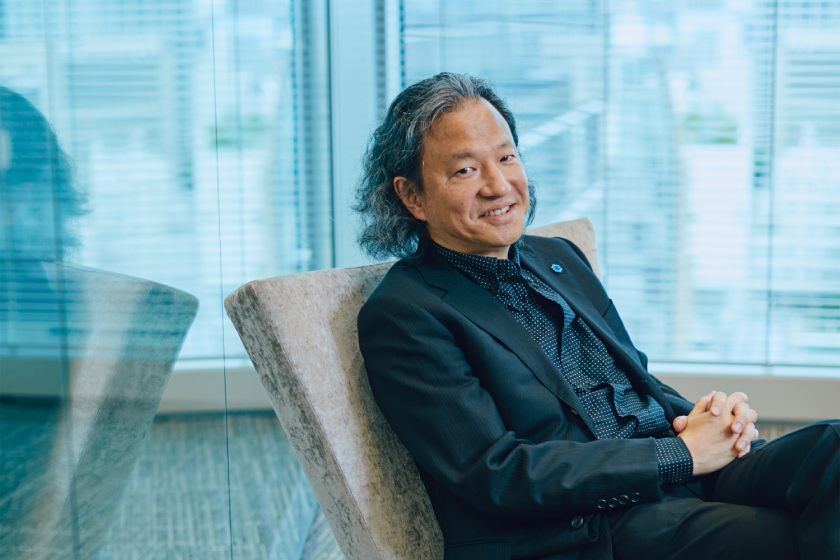
Uplifting the World with Technological Prowess and Sensitivity
“Uplifting the world with ‘memory’” – KIOXIA began a new journey with this as its guiding principle. Ichimura left us with his view of the company’s mission.
“KIOXIA is a technology based company which carries with it the rich heritage of our NAND technology leadership. While KIOXIA’s core value remains the technology that enables our broad portfolio bringing solutions to the storage challenges of our customers, I am also encouraged to embrace the imagination that makes us wonder and think about the kind of world or society this will lead to. I really believe that “Uplifting the world with ‘memory’” expresses very well our desire to accomplish something more than a device, something more than a chip, something that enables us to contribute to make our world a better place for all. This spirit is unchanged in essence from the one the pioneers of our engineers first held in their heart.”
General Manager
Sales Promotion Division
Sales & Marketing Headquarters
Caesar Ichimura
Ichimura joined Toshiba in 1990, and was involved in semiconductor sales business for overseas markets, as well as general marketing activities related to memory products. Today, as general manager of Sales and Business Development Division, Sales & Marketing Headquarters, he leads general sales activities for NAND flash memory and solid state drives (SSD). Ichimura was transferred to Toshiba Memory in 2017.
The content and profile are current as of the time of the interview (October 2019).


